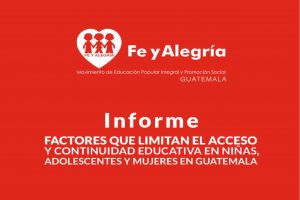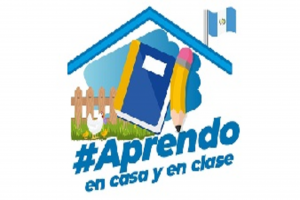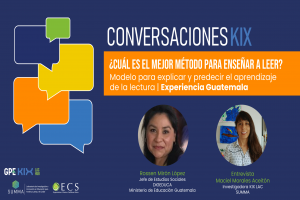Guatemala
INICIO
Países
Indicadores
Recursos
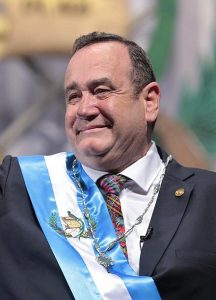
Alejandro Giammattei
President
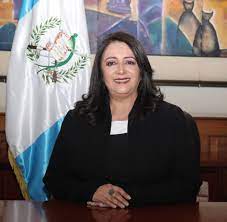
Claudia Ruiz
Minister of Education
# Population
16.86 M
# Students
4.150.808
#Teachers
214.655
#Schools
33.935
Average score in mathematics TERCE and ERCE
Average score in reading TERCE and ERCE
Completition and mean of schooling
Evolution of enrollment
Evolution of poverty
Expense
GDP and growth
Government expenditure on education
Per pupil expenditure
Political participation index
Population by age and gender (2020)
Percentage of poverty by age and gender (2014)
Percentage of extreme poverty by age and gender (2014)
Political context
Guatemala has experienced various historical moments divided between periods of democratic governments and periods of civil war and military juntas. The country emerged from a 36-year war after the signing of peace accords in 1996. Current politics are governed by the 1985 constitution, amended in 1993, which establishes Guatemala as a free, independent and sovereign state.
de 1985 y reformada en
Economic and social context
The population estimated by the National Institute of Statistics (INE) for 2021 is 17,109,746. Guatemala is characterised as a multi-ethnic, multicultural and multilingual country. The official language is Spanish, but there are 23 non-official languages, including Mayan, Xinca and Garifuan, among others.
The country has experienced economic stability due to a combination of prudent fiscal management, inflation control policies and a managed floating exchange rate. Despite this, it is the fifth poorest economy in Latin America and the Caribbean, with persistently high rates of poverty and inequality. It is also extremely affected by climate and weather events and its poorest populations are particularly vulnerable. In November 2020, hurricanes Eta and Iota caused severe flooding and landslides affecting more than 1.5 million people..
Educational context
The National Education Act (1991) describes the structure of the national education system, which is organised into the first level of pre-primary education, up to the age of four years. Third level of primary education, grades 1 to 6 and accelerated education for adults from stages 1 to 4. Fourth level of secondary education, basic education cycle and diversified education cycle.
In Guatemala, higher education functions as a separate system independent of the Ministry of Education, but universities are interrelated with this education system because they train middle and primary school teachers and the country’s education management staff.
.
Educational establishments may be public, cooperative, municipal or private. Cooperative schools are non-profit educational establishments that operate to provide educational services through funding provided by the municipality, parents and the Ministry of Education. Private schools must conform to regulations and provisions approved by the Ministry of Education, which in turn is responsible for ensuring their proper implementation and enforcement.
Photo credit: GPE KIX
Related content
Below, you will be able to identify strategies, research, innovations and country assessments.
Find more strategies, research, innovations and evaluations by clicking on see more resources.
Select Indicators
Learn more about the country and the region!
Select and visualise different dimensions, variables, indicators and countries by scrolling through a time range of 20 years, which you can download and share.

